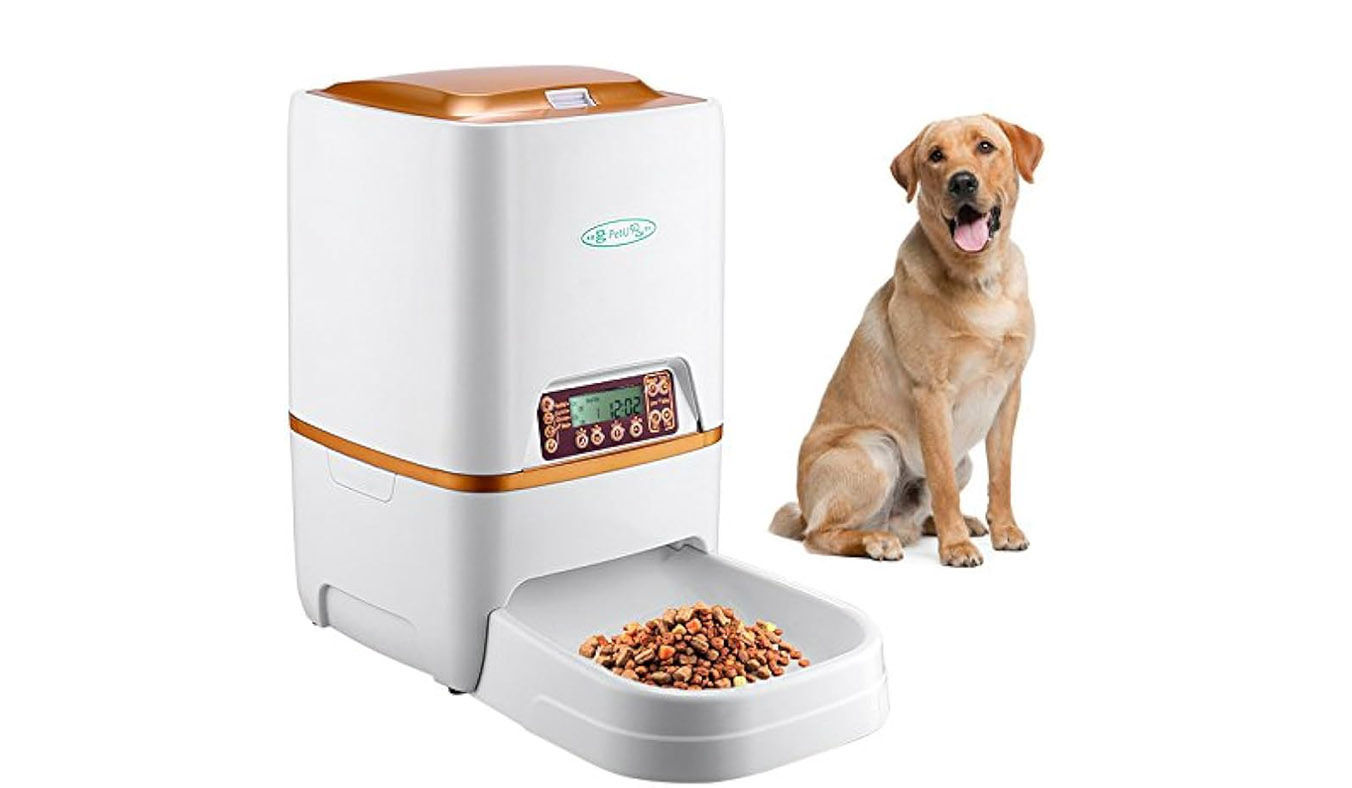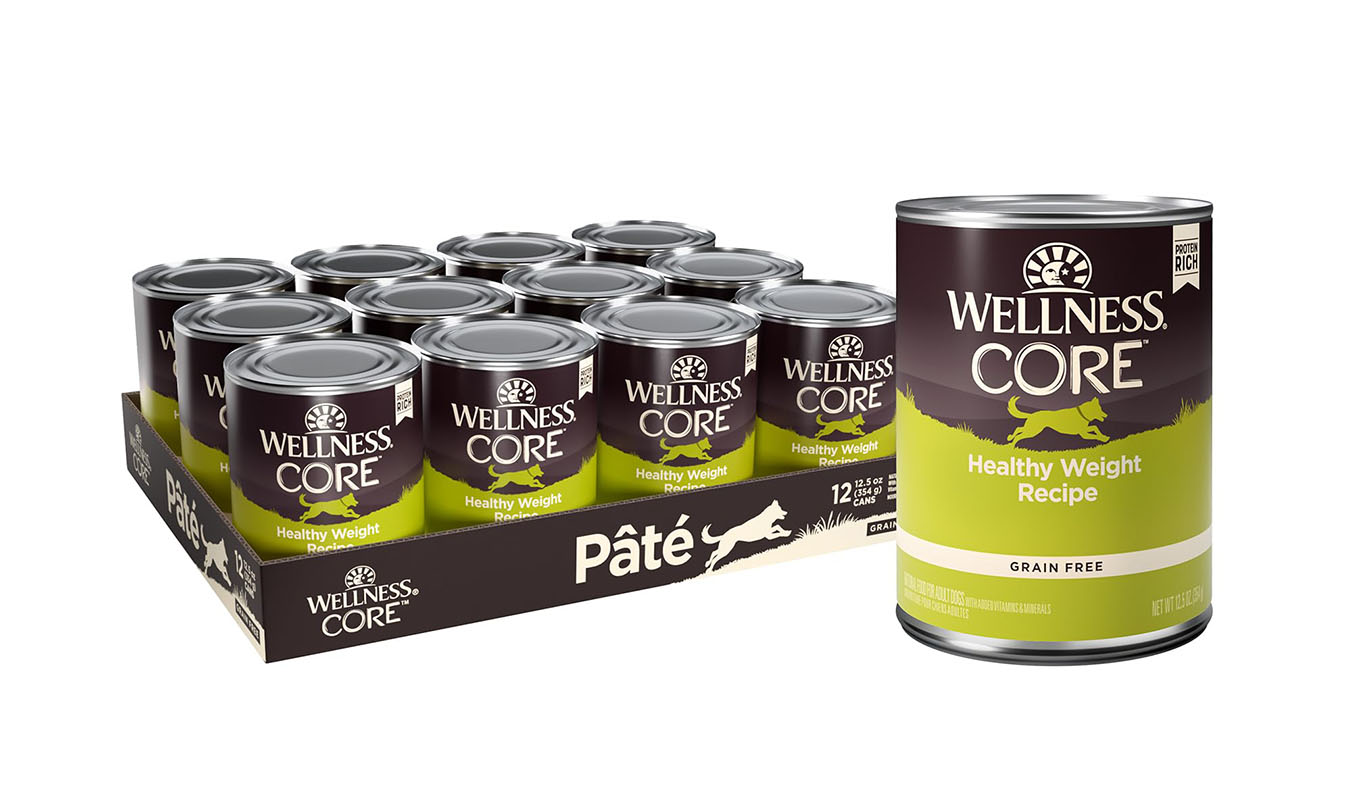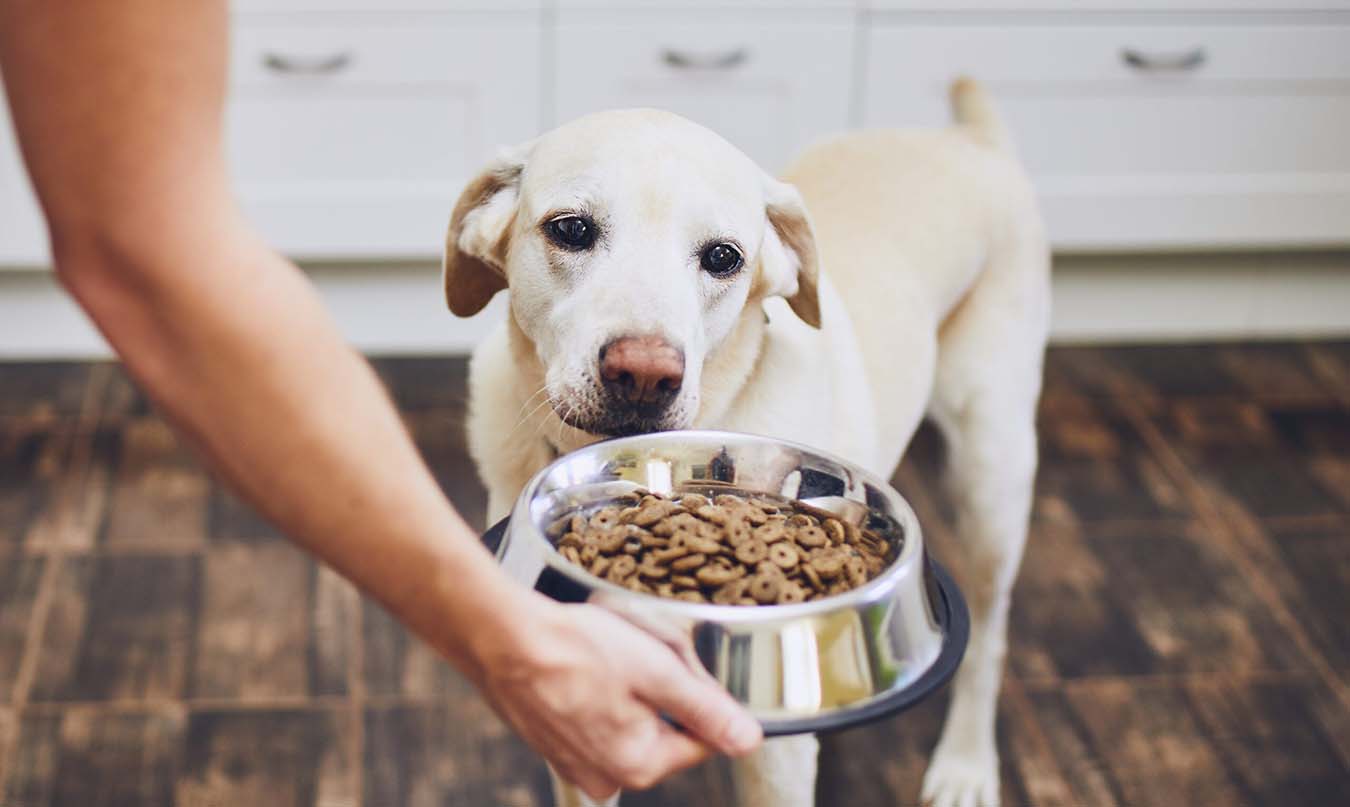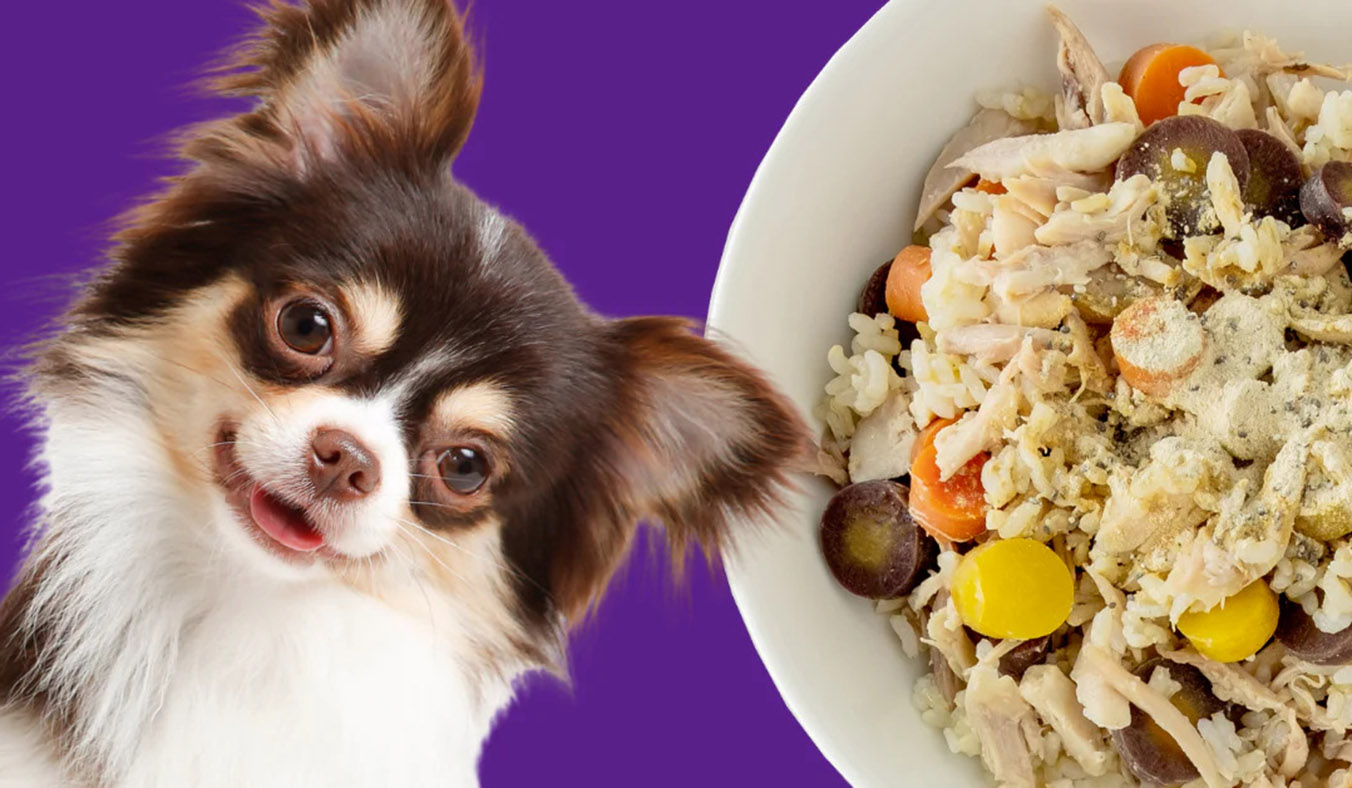Selecting the right automatic feeder for your dog involves various considerations beyond just the features of the device. You need to think about your dog’s eating habits, temperament, and your own lifestyle. Below are detailed points to guide you in making the best choice:
1. Functional Requirements: Choose a Device Based on Your Lifestyle
- Timed Feeding:
- Features: Timed feeders typically come with digital displays, allowing you to program multiple feeding times throughout the day. Some advanced models allow you to set different portion sizes for each feeding.
- Benefits: This is especially useful for dogs that thrive on routine or those with specific dietary needs that require frequent small meals.
- Sound and Light Signals:
- Features: Many feeders include lights that blink or change colors when it’s mealtime, or they emit sounds to signal food availability.
- Benefits: This feature can be crucial for dogs that may not easily hear their owner’s calls or are anxious and need reassurance at feeding time.
- Separate Compartments for Different Food Types:
- Features: Some high-end feeders have multiple compartments for storing different types of food (e.g., dry kibble and wet food) or treats.
- Benefits: This versatility allows for a varied diet, which is particularly important for dogs that require specific nutrients or those who enjoy a mix of textures.
2. Consider Your Dog’s Eating Habits
- For Greedy Eaters:
- Portion Control: Programmable feeders let you set specific portion sizes to prevent overeating. This is essential for dogs prone to obesity or those that may eat too quickly.
- Anti-Gulping Features: Some models come with designs that slow down eating, such as mazes or obstacles, making it harder for greedy dogs to consume their food too quickly.
- For Self-Regulating Dogs:
- Gravity Feeders: These feeders release food continuously as it is consumed, which works well for dogs that prefer to snack throughout the day.
- Flexibility: This option is ideal for dogs that may not have a consistent eating schedule, allowing them to eat when they feel hungry.
- For Older or Weaker Dogs:
- Smaller Portions: Timed feeders ensure regular, smaller portions, which is vital for older dogs who may have slower digestion.
- Ease of Access: Look for feeders designed with lower heights or bowl features that are easier for senior dogs to access.
3. Cleaning and Maintenance of the Feeder
- Easy to Clean:
- Material Considerations: Choose feeders made from materials like stainless steel or BPA-free plastic that are easy to disassemble for thorough cleaning.
- Dishwasher Safe: Some feeders are designed to be dishwasher-safe, making maintenance simple and efficient.
- Avoiding Clogs:
- Design Features: Look for feeders with wide openings or augers designed to prevent food clumping and clogging. Some models include sensors that alert you if there’s a blockage.
- Suitable Food Types: Ensure the feeder can accommodate the size and shape of your dog’s food to prevent mechanical issues.
4. Smart Additional Features
- Remote Control and Monitoring:
- Smart Technology: Many modern feeders connect to smartphone apps via Wi-Fi or Bluetooth, allowing you to control feeding times and portions remotely.
- Convenience: This feature is especially helpful for busy individuals or frequent travelers, providing peace of mind that your dog is being fed properly.
- Surveillance Camera:
- Live Feed: Some feeders come equipped with cameras that allow you to check on your dog while they eat. This can be particularly useful for monitoring eating behavior.
- Interactive Features: Many models allow for two-way communication, so you can talk to your dog through the feeder, providing comfort and reassurance.
- Data Tracking and Analysis:
- Insights into Eating Patterns: Advanced feeders can track meal frequency and quantity, giving you valuable insights into your dog’s eating habits and allowing for dietary adjustments if needed.
- Health Monitoring: This feature can also help identify changes in appetite or eating behavior, potentially signaling health issues.

Suitable Capacity and Recommendations for Different Dog Sizes
Choosing the right capacity is crucial to ensure food stays fresh and is not overly exposed to air. Here are detailed recommendations based on dog sizes:
Small Dogs (1-5 kg):
- Recommended Capacity: A feeder with a capacity of 1-2 kg is usually sufficient, as small dogs consume food quickly.
- Feeder Type: Models with a smaller opening are ideal to limit the amount of food dispensed at one time, helping to prevent waste and maintain freshness.
Medium Dogs (5-20 kg):
- Recommended Capacity: Look for feeders with a capacity of 2-5 kg. These should allow you to set custom portion sizes to fit your dog’s needs.
- Feeder Type: Models that accommodate both dry and wet food offer variety, which can make feeding more enjoyable and nutritionally balanced.
Large Dogs (over 20 kg):
- Recommended Capacity: For larger dogs, opt for feeders with a capacity of 5 kg or more to ensure a sufficient food supply.
- Feeder Type: Choose sturdier models that are less likely to tip over, with heavy bases or anti-slip designs to withstand enthusiastic eaters.
Tips for Getting Your Dog Used to the Automatic Feeder
Gradual Introduction:
- Start Slow: In the first few days, dispense smaller portions to familiarize your dog with the new feeder without overwhelming them.
- Positive Reinforcement: Reward your dog with treats or praise when they use the feeder correctly to encourage positive association.
Use Sound and Smell Cues:
- Familiar Sounds: If your feeder has a sound feature, use it to signal feeding times. This can help your dog associate the noise with meal times.
- Smell Familiarity: Place a small amount of their favorite food near or in the feeder to entice them to explore it.
Designate a Fixed Feeding Area:
- Consistent Location: Position the feeder in the same place where you typically feed your dog to help them adjust more quickly.
- Comfort Zone: Ensure the area is quiet and comfortable, away from distractions, to help your dog feel safe while eating.

Regular Cleaning:
- Hygiene Maintenance: Keep the feeding area and the feeder itself clean to prevent the buildup of bacteria and mold.
- Routine Checks: Regularly check for clogs or food residue and clean as necessary to maintain optimal functioning.
An automatic feeder is not just a convenient tool; it’s an invaluable assistant for dog owners. It allows for precise management of feeding times and portion sizes, ensuring your dog’s needs are met even during your absence. By selecting a suitable model based on your dog’s specific requirements and your lifestyle, you can enjoy the peace of mind that comes with knowing your furry friend is well cared for. Investing in a quality automatic feeder can ultimately enhance both your and your dog’s daily routine.



